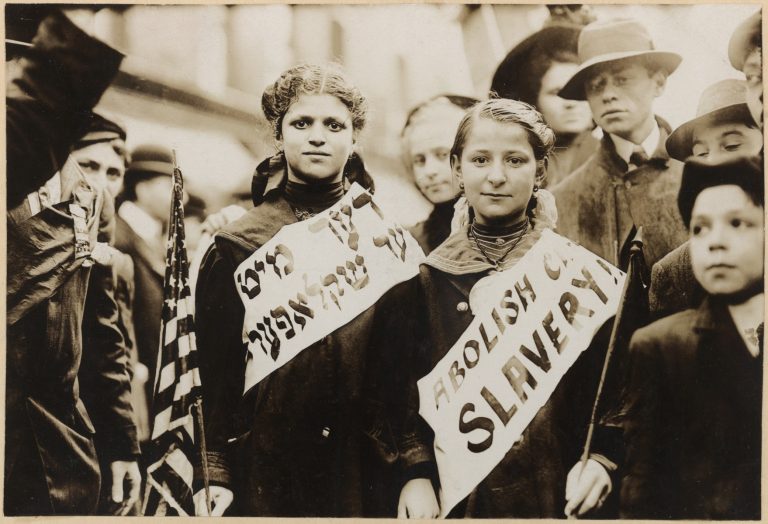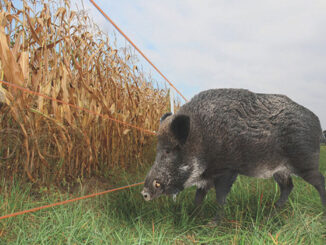
Topics covered
Modern day slavery is not a legacy of the past, but a condition that affects over 40.3 million people in the world. It particularly affects women and girls (71% of the total) and children (one in four slaves is under the age of 18).
Overall, 62% are victims of forced labour and 38% of forced marriages.
Modern Day Slavery in the World
Yesterday as today, slavery is a widespread condition especially in Africa. Here, 7.6 out of every 1,000 people are forced into labour, trafficked or exploited, forced into prostitution or marriage.
However, modern slavery affects all areas of the world. For example, Asia is home to the largest number of slaves (about 25 million, 62% of the total). In the region formed by Europe and Central Asia, on the other hand, there are 3.9 slaves per 1,000 inhabitants.
The scarcity of data available in some regions of the world (e.g. Latin America or Arab countries) does not allow a correct assessment of the dimensions of modern slavery. These numbers – listed in the report “Global Estimates of Modern Slavery” – remain dramatically high and most likely underestimated. The report was produced by the International Labour Organization and the Walk Free Foundation, in collaboration with the International Organization for Migration (IOM).
First Victims of Slavery Are Women and Children
There are two main focuses of research. On the one hand, serious labour exploitation, which affects almost 25 million people in the world. On the other, forced marriages (15.4 million), a phenomenon which mainly affects women and girls.
Slavery mainly affects women, who are 71% of the total, or 28.7 million people. In fact, women and girls account for 99% of people exploited for sexual purposes, 84% of victims of forced marriage. On the other hand, children account for a quarter of modern slaves.
Forced forms of exploitation occur in a wide variety of sectors. For example, there are slaves in irregular factories, in camps or on fishing boats, in prostitution or in illegal activities (such as drug trafficking and dealing). Often the exploiters are private individuals, i.e. individuals, companies or criminal networks. However, there are also governments – such as North Korea or Eritrea – that exploit the forced labour of their citizens to get rich.
Domestic Work
The main form of labour exploitation is so-called “domestic work“, a sector that mainly involves women and girls (61% against 39% for men). Overall, there are about 67 million domestic workers worldwide, of whom 11.5 million are migrants.
At first glance it may seem a relatively quiet job: house cleaning, cooking, child and elderly care. But this is not the case. Women workers – including minors – have to work very long hours, without pay, without medical care in case of illness. If they are foreigners in the country where they work, their passports are often taken away from them, and the law rarely protects them. There is also physical and psychological abuse, violence and even rape.








